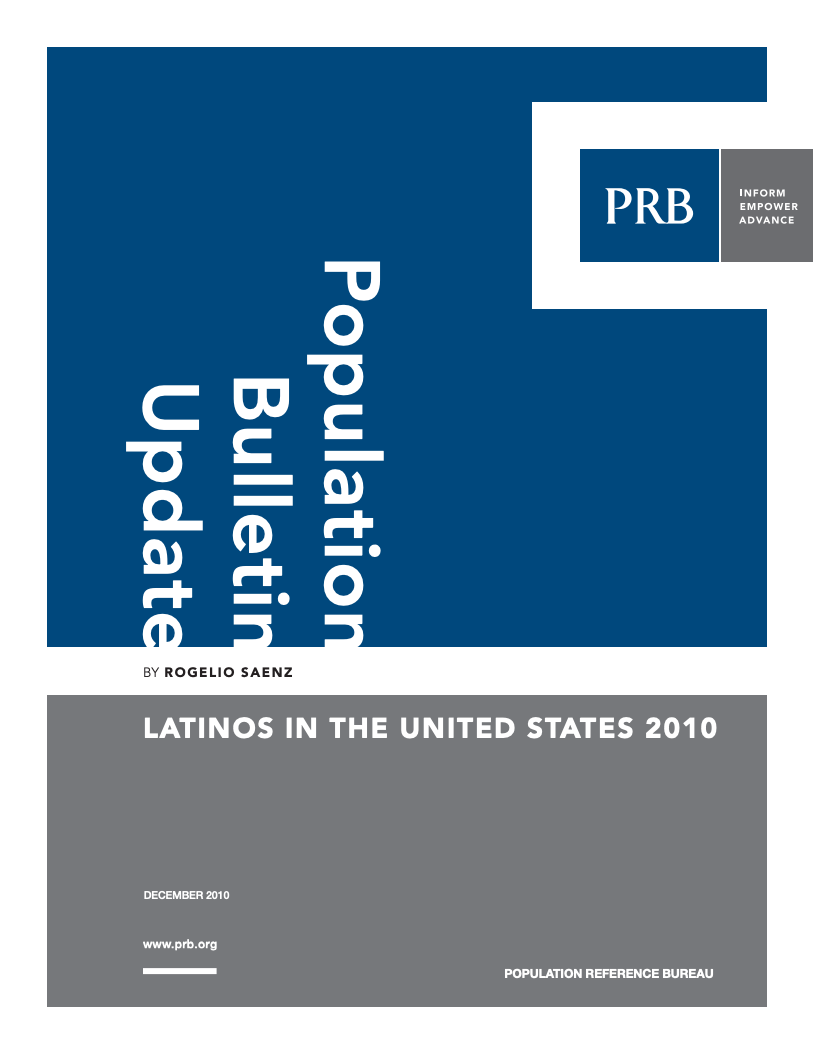164 Search Results Found For : " ㅮ 무료 충전 바다이야기 ㈈ ruq336.top ㉧ 오리자날 양귀비 ㆉ 온라인야마토 ㄺ 바다이야기 프로그램 ㈐ 뽀빠이놀이터릴게임 ㅉ 전함야마토 ㄽ 슬롯 머신 html ㈅ 무료신천지게임"
Mortalité maternelle : l’une des principales causes de décès au Cambodge
(2003) La maternité est une période qui devrait être faite d'anticipation et de bonheur pour une femme, sa famille et sa communauté.
Zika Crisis Highlights Importance of Family Planning
This article looks at countries that experienced significant Zika virus transmission and how they rate in terms of unmet need for family planning satisfied by modern contraceptive methods.

Social and Economic Well-Being and the Future for Latinos in the United States
(2010) U.S.-born Latinos and foreign-born Latinos face widely different social and economic experiences in the United States.

The Dynamics of Latino Population Growth
(2010) Latinos are increasingly shaping the demographic makeup of the United States.
2010 U.S. Census Data Machine Springs Into Action
On Feb. 3, 2011, the U.S. Census Bureau released the first detailed demographic data for states and local areas from the 2010 Census. Racial and ethnic characteristics of the total and voting-age populations were released for geographic areas down to the city block level.

Project: Center for Public Information on Population Research (CPIPR)
Childhood Trauma Has Lifelong Health Consequences for Women
Women who experienced childhood adversity are more likely to have their first child early or outside of marriage, face a greater risk of cancer than men, and are particularly vulnerable to health impacts when they are lower income.
Project: Center for Public Information on Population Research (CPIPR)
Migration’s Environmental Drivers Are Diverse, Require Different Policies
Dramatic and spontaneous natural disasters garner substantial humanitarian aid—as they should. But long-term chronic environmental pressures such as heat stress also put tremendous strain on rural households, especially households in less developed countries that rely on agriculture.

Project: Center for Public Information on Population Research (CPIPR)
Cohabiting Couples in the United States Are Staying Together Longer but Fewer Are Marrying
(2020) More unmarried couples today are living together, and doing so for longer than in the past, but fewer of these relationships lead to marriage, new research finds.

Why Are They Asking That? What Everyone Needs to Know About 2020 Census Questions
By law, the U.S. government is required to count the number of people living in the United States every 10 years.
